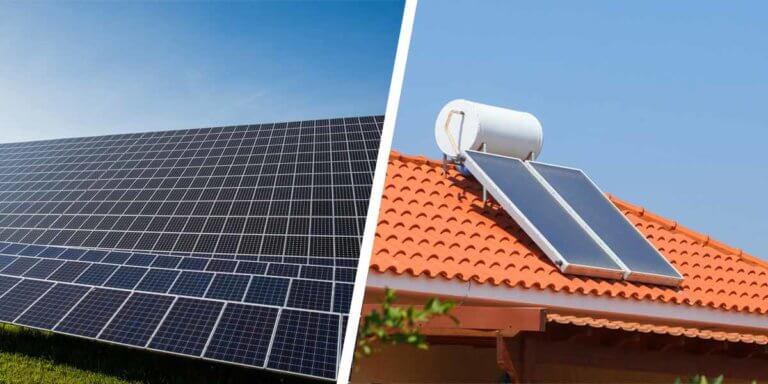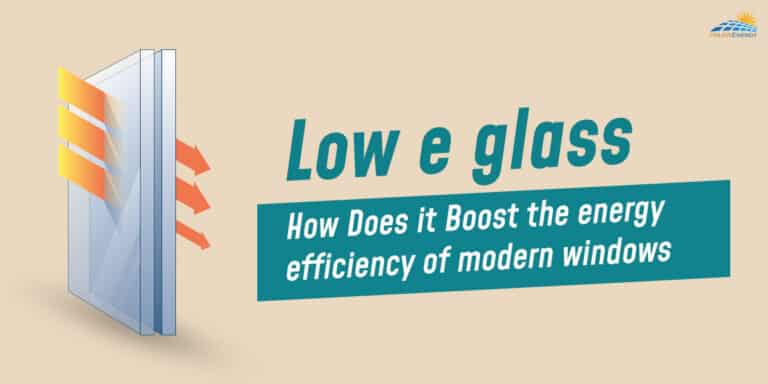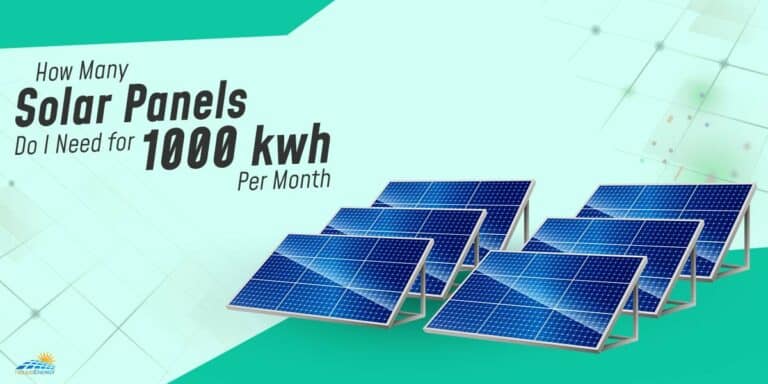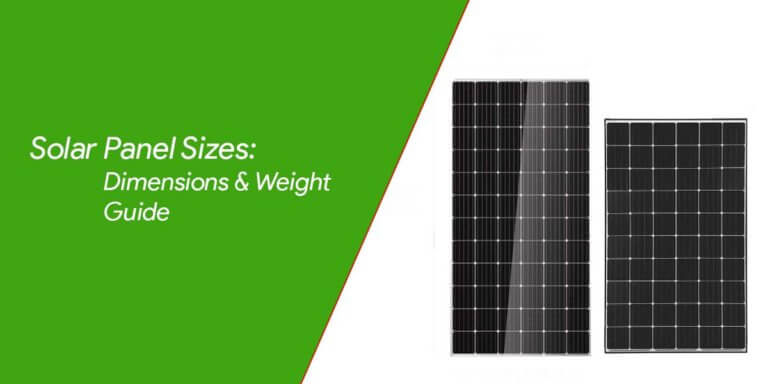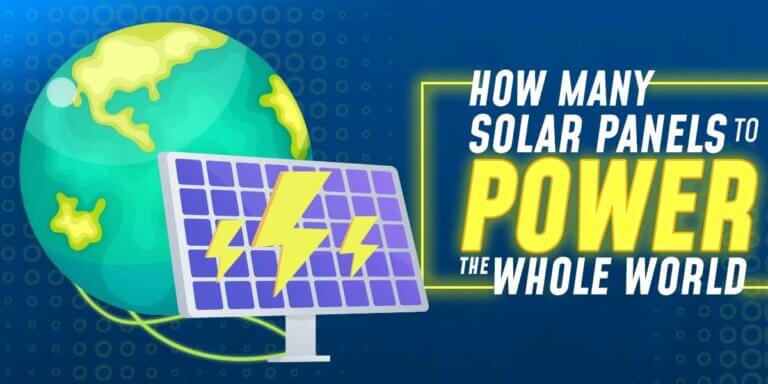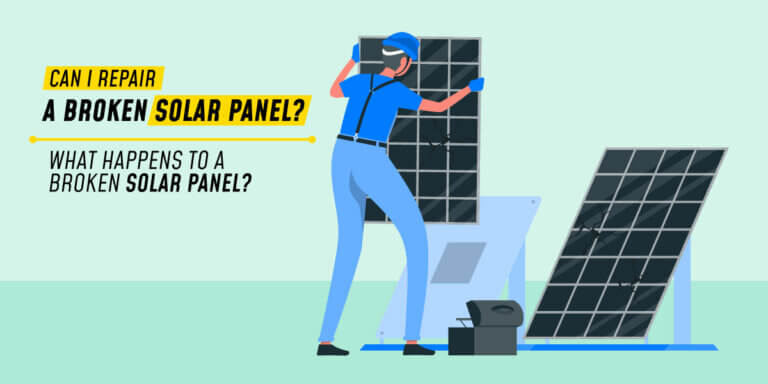How To Reset Solar Inverter?

One of the most common issues in India is the struggle of dealing with frequent power cuts. Now, with our dependence on electricity for running almost every necessary home appliance on a daily basis, things become quite complicated.
To add to that, the frequency of power cuts are usually higher in summers which prevents us from using air conditioners, refrigerators, etc., in the hope of causing severe damage to the machines. Thus, it is wise to use an inverter, especially a solar-powered one, to solve this common big issue.
A solar inverter is one of the most commonly used appliances and is considered essential to save the appliances from damage from a power outage.
However, like any other device, solar inverters are also prone to some limitations, which people on a large scale usually often face. In this article we will discuss how to reset inverter (solar) and explain the inverter problems and solutions in detail to help avoid such issues in the near future while dealing with a solar inverter.
What Is A Solar Inverter?
A solar inverter is basically used to convert DC into AC, as most home appliances use AC to function. Thus, in other words, it is required to ease the functionality and regulate the use of electricity for all home appliances in times of power outages.
Additionally, solar inverters help in enhancing the excellent output of the solar system for people who switched over to solar energy instead of their regular source of electricity.
Therefore, it is crucial to choose the right kind of solar inverter to optimize the maximum output of the appliances at home and eliminate the problem of appliance damages caused by power outages. Interestingly, there are commonly 3 types of solar inverters:
- String Inverters or Centralized
- Power Optimizer System or String inverters + Power optimizers
- Micro inverters
How To Reset Inverter (Solar)?
One of the ways to deal with inverter problems is simply proceeding ahead with a hard reset. This is usually done when the solar inverter displays a red or yellow light, and thus, let’s follow through with the steps to understand how to restart solar inverter.
- Turning off the inverter: The very first step to restart a solar inverter is to locate the solar inverter, followed by lifting the bottom panel open. Next, you must find the AC/DC toggle switch to ultimately power down the solar inverter.
- Turn off your AC disconnect: If you have an AC disconnect in the garage, you must turn it off.
- Turn off your solar disconnect box: Now, below the solar meter, there lies a gray utility disconnect box with either a red or a black handle, which should be turned off as the next step.
- Turn off your electrical service panel: Similarly, for the next step, you have to turn off the main breaker on the electrical service panel, labeled as “Photovoltaic.”
- Wait 30 seconds: The rule of the thumb is to wait for 30 seconds before turning everything back on in the same manner they were turned off.
- Turn on your electrical service panel: Now, again, turn on your main breaker present on the electrical service panel.
- Turn on your solar disconnect box: Similarly, turn on the solar disconnect box, making a loud popping sound.
- Turn on your AC disconnect: As we discussed before, it’s time for you to turn the AC disconnect on now.
- Turn on your inverter: Lastly, you may turn your solar inverter on now.
Common Inverter Problems You Should Know Of

1. Inverter Keeps Shutting Off/Does Not Switch On:
Some of the reasons responsible for which an inverter keeps shutting off are when:
- An inverter is tripped.
- The battery of the inverter is disconnected.
- The inverter has a weak or damaged battery.
- When the inverter battery is discharged.
- A battery that has loose terminals.
- In case the terminals of the battery are attached reversely.
- An inverter is connected with a faulty switch.
There are different ways to deal with “inverter keeps shutting off” issues, such as addressing the tripped inverter problem by pressing the reset button, repairing the power switch, changing the faulty battery, etc.
2. Alarm Keeps Ringing
This particular situation only takes place in case an inverter bears an excessive load than required. Thus, the easy solution is disconnecting all the devices that cause extra pressure on the inverter. Another reason for the same could be the trouble with its cooling fan, which helps to maintain and regulate a cool temperature in the inverter.
3. LCD Shows Incorrect Codes
A frequent issue with a solar inverter is that its LCD does not usually display the correct numbers, mainly for reasons such as:
- External Problems
- Internal Issues
- Problems related to circuits.
Hence, the external problems can be resolved by:
- Inspecting Battery Cables
- Checking out Input and Output Wires
- Rechecking the load
4. Battery Fails To Charge
- Dead Battery
- Loose Connections
- Burnt Rectifiers
- Melted Fuses
5. Low Backup Capability
One of the major problems with inverters is that they have a short backup time. The reasons for this are supposedly:
- Too much power consumption.
- Charging battery incorrectly.
- Low Electrolyte Level
However, these issues can be resolved by eliminating extra loads, properly charging the batteries, and refilling water in a battery respectively.
Conclusion
Thus to conclude, one should always regularly check their solar inverters to ensure its work efficiency and stability. This article has addressed all the major inverter problems and solutions and could be an excellent guide to people who are newer to using solar inverters.

